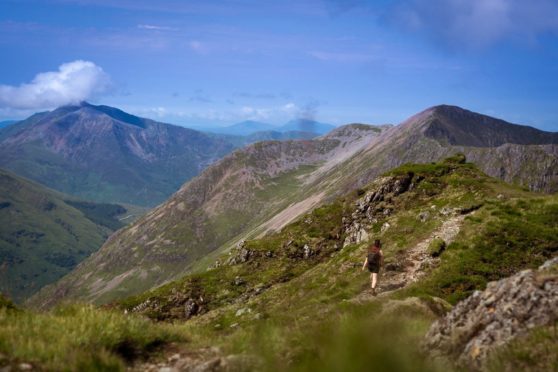
When it comes to holidays, I like to have a plan of action. I have never been one to lounge about and see where the wind takes me.
That’s why at 8am on the first day of a two-week break, I am busy filling my car. It is a glorious morning, a light haze is slowly moving through but even at this hour, you can tell it is going to be warm.
We are only going away for two nights but into the boot go wetsuits, hiking gear, photography equipment, clothes for rain, sun and storms and torches for navigating at night.
I even attempt to crush my golf clubs into the back seat, but my wife gives me the look – the one that is exchanged between couples and conveys much more than words ever could. I return the clubs to the garage.
We are travelling north and soon after leaving, the sun pushes through the mist, leaving only blue skies and the faintest hint of cloud.
Destination Ballachulish
Our destination is Ballachulish, just north of Glencoe village and where Loch Leven and the mighty Beinn a’ Bheithir converge.
As we travel, we discuss our plans. First on our to-do list is a wild swimming spot we discovered in Glen Etive. We decide to go straight there before checking into where we are staying – the Ballachulish Hotel.
When we arrive, there are tourists of all ages scattered along the river bank. The water is warm and a peaty reddish-brown.
As we change into our wetsuits, a group of young guys in their early 20s do backflips into the water from high rocks on the bank – one even jumps from the top of a tree – while those in their 40s, 50s & 60s, who clearly know better, gently lower themselves in from the water’s edge.
The river snakes its way through the canyon of rock that is dominated on all sides by Munros including the iconic Buachaille Etive Mor, while swimmers glide along this natural lazy river.
We dry off and change by the riverside before heading to the hotel to check in. The Ballachulish Hotel is steeped in history. First opened in 1877, the hotel has stood as a silent witness to historic events that shaped Scotland.
Nowadays it is a quintessentially Scottish hotel, its Scots baronial-style architecture standing out on the shores of Loch Linnhe. In fact, the original architect, John Honeyman, took on a certain Charles Rennie Mackintosh as his apprentice during his working life.
Inside, the reception leads off to a gorgeous traditional lounge with views over the water. The hotel feels modern and boutique while still retaining all of its historical atmosphere.
The rooms are bright and immaculate with grand hardwood beds that let you know you are in a traditional Scottish hotel but with thoroughly modern and luxurious bathrooms.
Later, we take a walk along the water front. From the bridge spanning the loch we can see right down through the crystal clear waters to the bottom and jellyfish bob and weave through the tidal current.
We visit the nearby memorials to the 1692 Glencoe Massacre and, right beside the hotel, we stop at the memorial of the hanging of James Stewart in 1752, which was the basis for the novel Kidnapped by Robert Louis Stevenson.
Dinner was at the hotel and the waiting staff looked after us impeccably – not easy given all the Covid rule changes lately. The salt and chilli squid starter was the best dish – light, crunchy batter and soft, perfectly cooked squid – and the steak main course with fresh vegetables and pepper sauce was also excellent.
Adventures in the hills
Early next morning – after a superb breakfast – we were out on the hills before most of the hotel’s guests had woken up. Our goal was one I had my eye on for some time. The Chancellor is a huge slab of rock that extends out from the top of the Am Bodach Munro and leads on to the notorious Aonach Eagach ridge.
I had read about it in a walking guide a few years back and was excited to finally get an opportunity to see it. Getting there wasn’t that easy however. A steep, winding route starting from opposite the car park at Glen Coe’s Three Sisters leads us up to the hidden summit of Am Bodach.
It is still mid-morning by the time we arrive, but the sun is already hot and we are both thoroughly exhausted. The views more than make up for the effort. I quickly tiptoe along the narrow ledge to The Chancellor and peer down the precipitous drop on either side. From here, the cars on the road that cuts through the glen look like ants and it takes a moment for my mind to adjust to the scale.
We finish our day’s hike by taking a walk over to the Aonach Eagach ridge. It is daunting and from this vantage you start to understand the dangers of the mountain.
Back down in the safety of the car park, we are starving so we head straight to the newly refurbished Kingshouse Hotel.
Owned by Crieff Hydro, the same people responsible for Ballachulish Hotel, the Kinghouse is a modern marvel. All bleached wood and slate, it has a very Scandi feel but it exudes a certain confidence and its location has got to be the best in Scotland – sitting in the shadow of the Buachaille’s triangle summit, Stob Dearg. We have gourmet burgers and chips outside looking up at the mighty peak.
Hours later and as the sun finally fades behind the horizon, I am back at the foot of the Buachaille.
This part of Glen Coe has some of the UK’s darkest skies, rivalling the Dumfries Dark Sky Park and I spend a couple of hours snapping pictures of the Milky Way as it shimmers above the mountain.
I allow myself a bit of a lie in after a late night of astrophotography.
At breakfast in Ballachulish, I see a group of men outside preparing their golf bags for a round – turns out there is a golf course right next to our hotel.
I give my wife the look.
P.S. Scotland is blessed with some of the darkest skies in Europe. It has two designated dark sky parks, in Dumfries and Galloway and in the Cairngorms. However, parts of Skye and the Hebrides are even darker.
Factfile
Rooms at the Ballachulish Hotel start at £170. For more information and exclusive offers, visit www.ballachulish-hotel.co.uk

Enjoy the convenience of having The Sunday Post delivered as a digital ePaper straight to your smartphone, tablet or computer.
Subscribe for only £5.49 a month and enjoy all the benefits of the printed paper as a digital replica.
Subscribe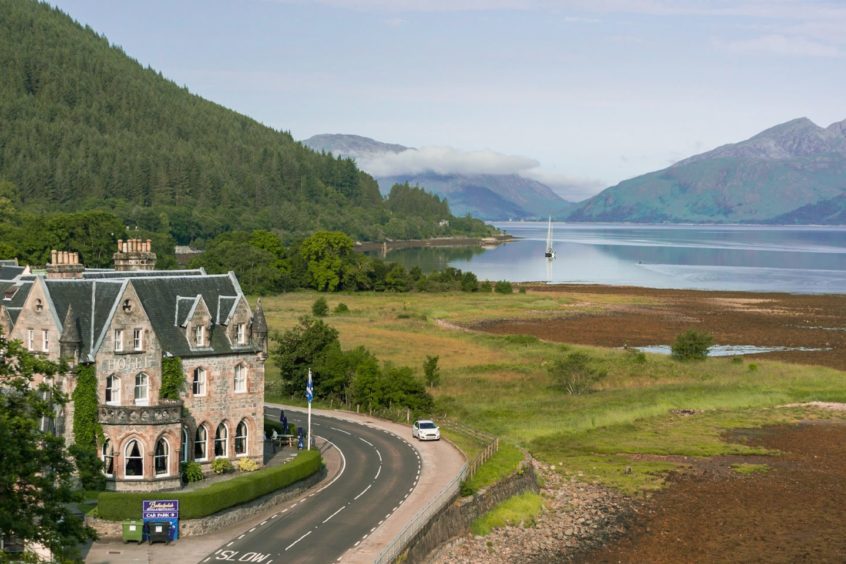
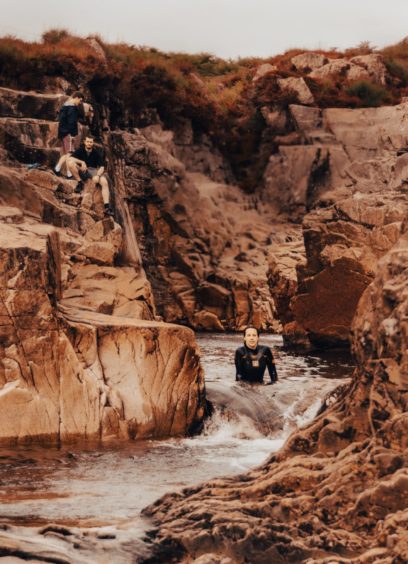
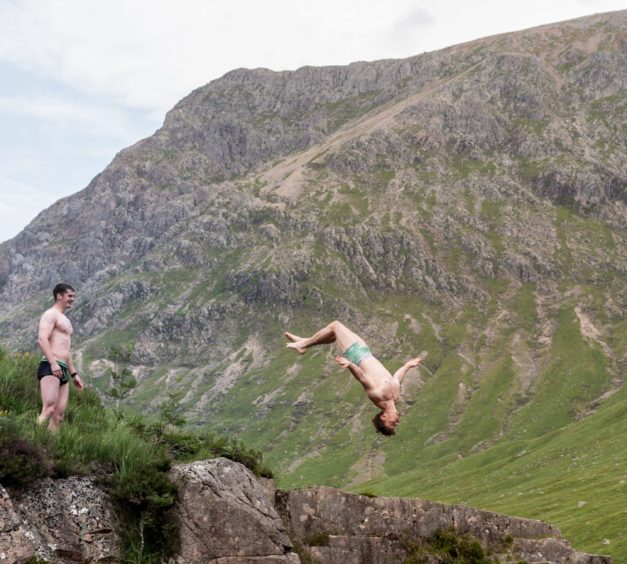
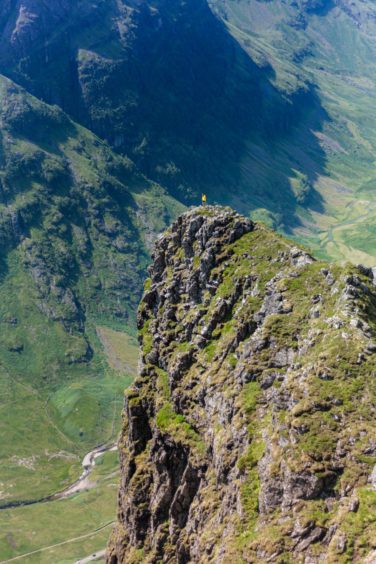
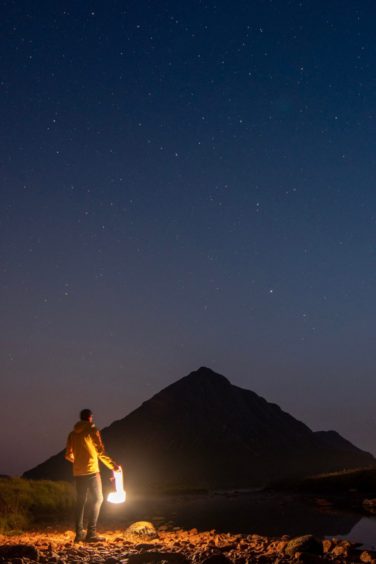 © SYSTEM
© SYSTEM